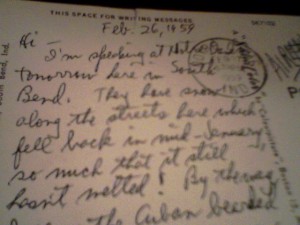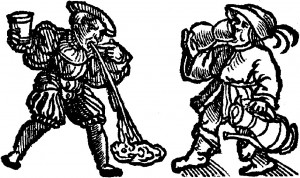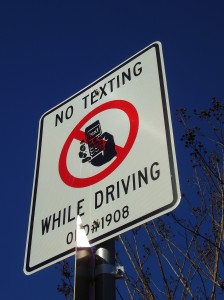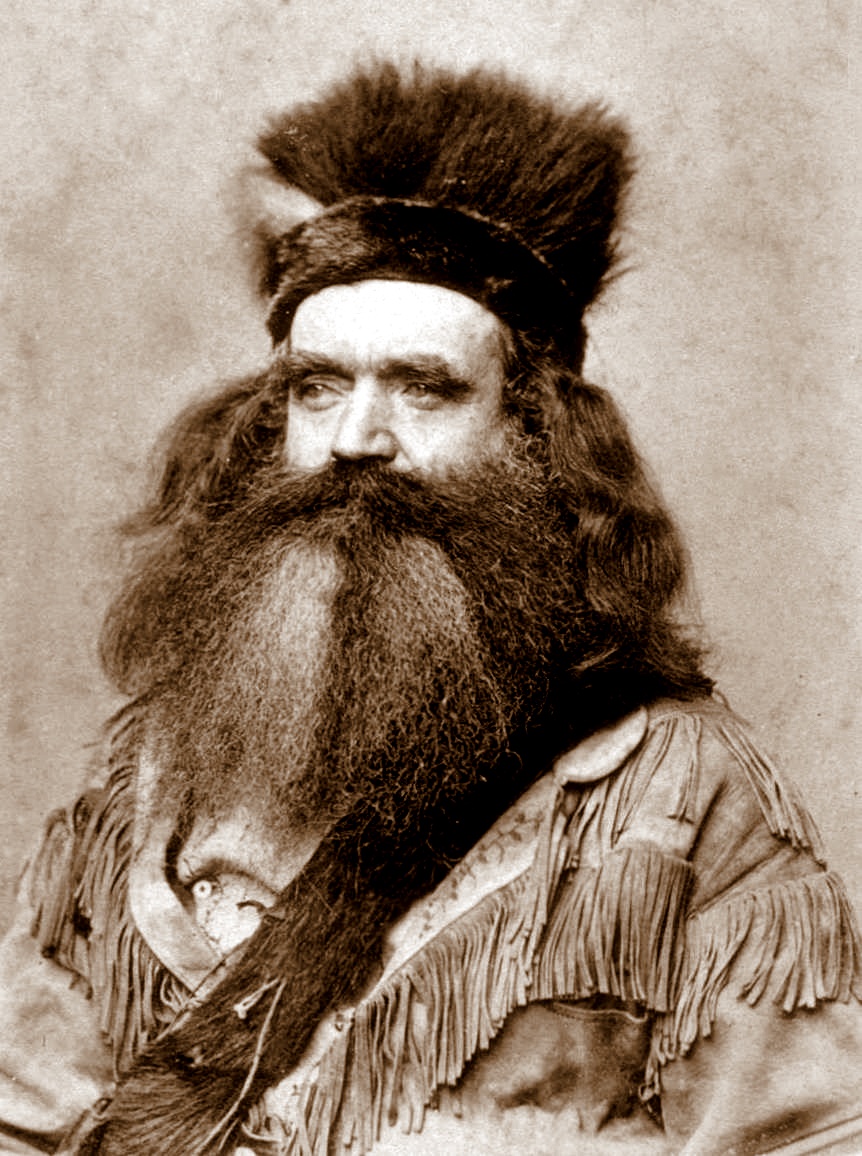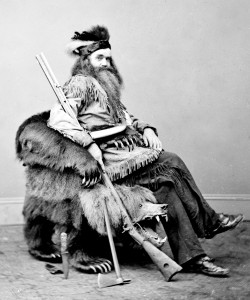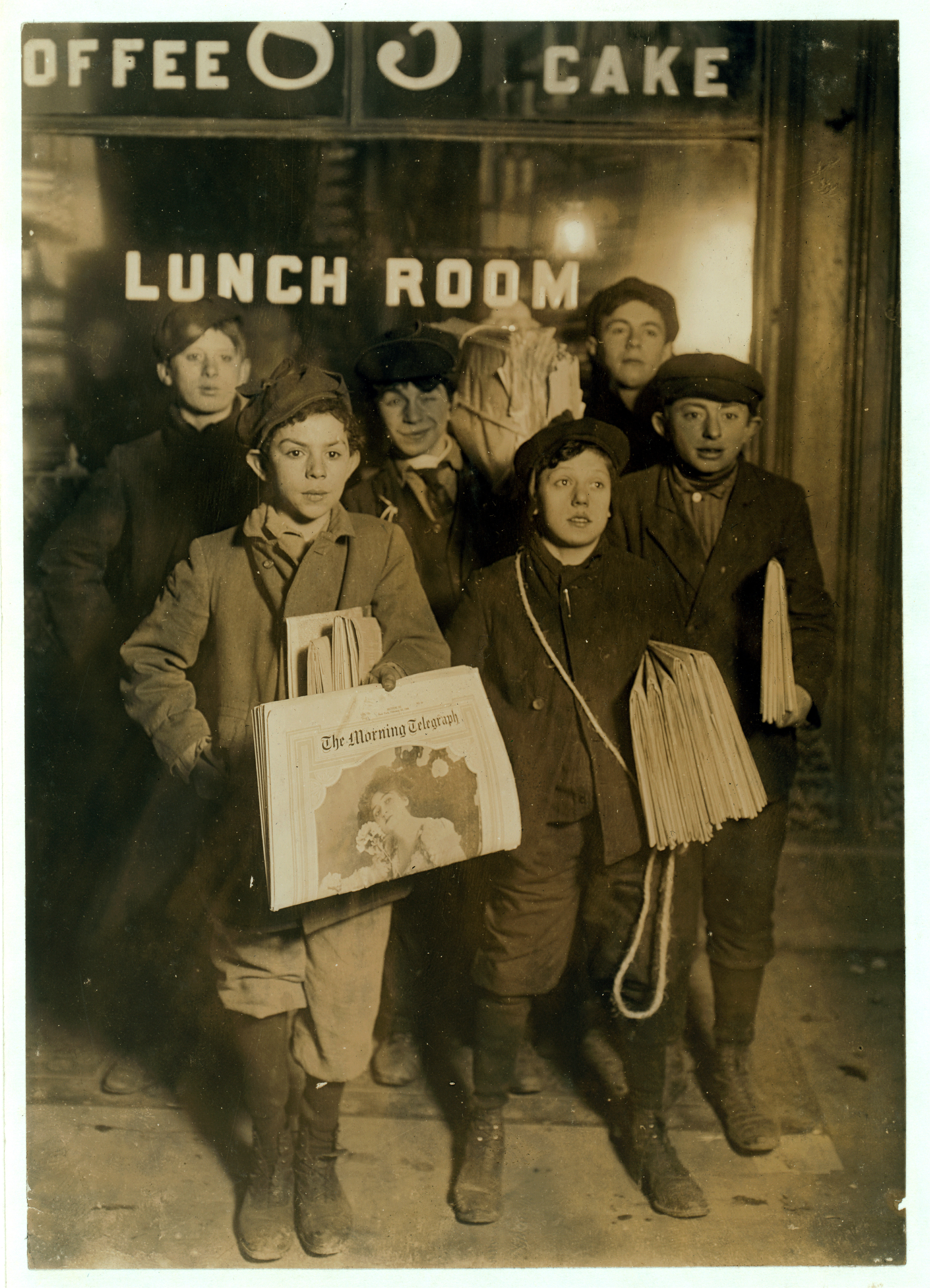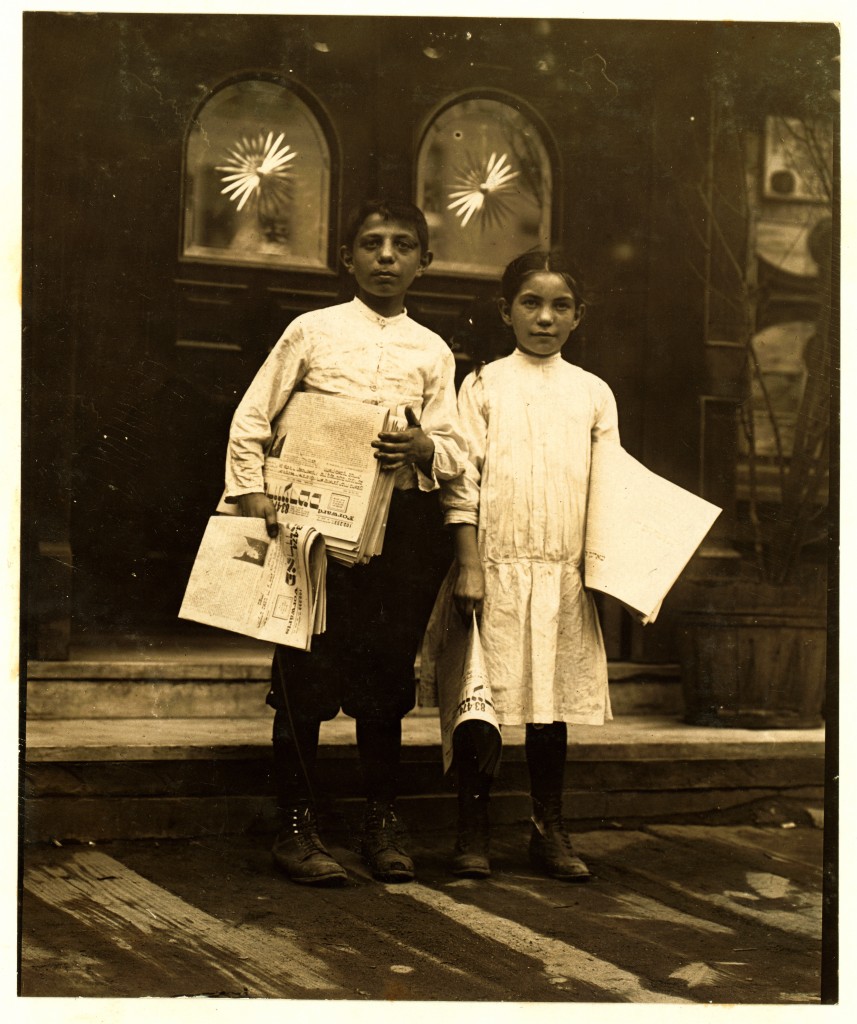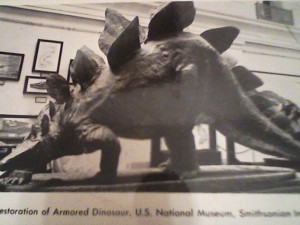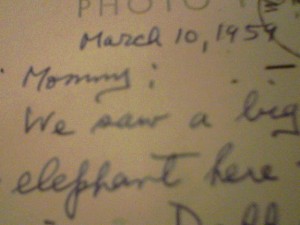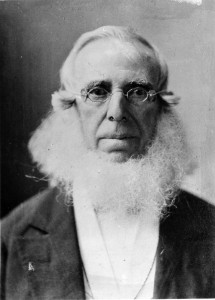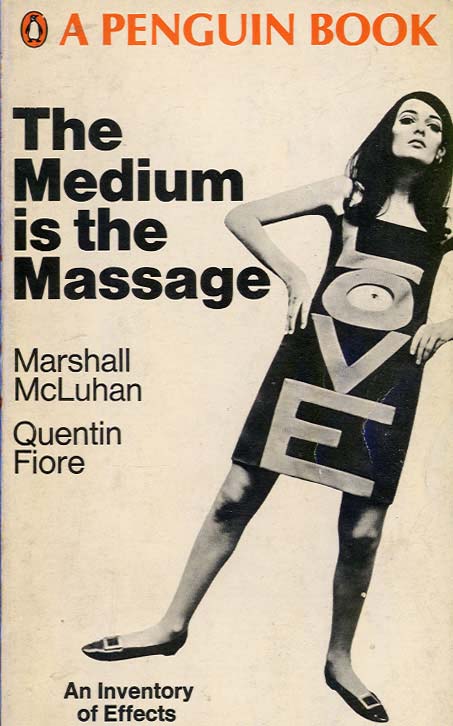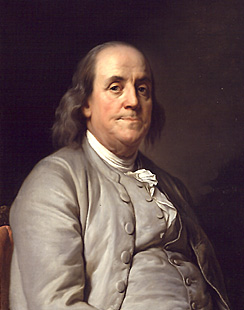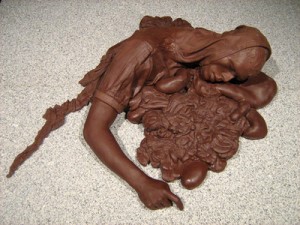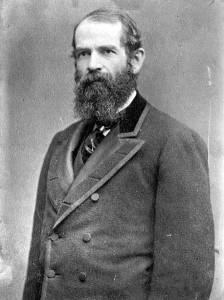
Financier Jay Gould, the groom's dad, was widely reviled. Some historians believe he was unjustly tarnished.
Having a father who’s a despised robber baron probably isn’t a lot of fun, even if he leaves you a bucketful of cash. Howard Gould, son of the late and hated financier and railroad tycoon Jay Gould, learned this the hard way when he married in 1898. The wedding ceremony, a lavish affair, was roundly mocked for its excess. The Brooklyn Daily Eagle, a paper that had been appropriately tough on the old man, came to the aid of the newlyweds, even predicting a long and happy union for the pair. Alas, it was not to be. The second article that’s excerpted, from New York’s Covington Sun a decade later, details the marriage’s bitter end, which involved Gould allegedly being cuckolded by the prominent soldier and nostalgia salesman Buffalo Bill Cody.
••••••••••
“Mr. Gould’s Marriage,” Brooklyn Daily Eagle (October 13, 1898): “Howard Gould, son of Jay Gould, a famous millionaire, has married a woman who was at one time an actor. That fact does not justify the hubbaboo of print that has been made over it. Mr. Gould is a free man, being of age and a little over, therefore he may do as he pleases, if he does not break the law. His wedding was quiet and devoid of spectacle, so there was no occasion for the yellow journals to go into verbal convulsions over the waste of a fortune upon the unworthy cooks, waiters, florists, dressmakers, tailors, hosiers, wine merchants, carriage renters, musicians, jewelers, lapidaries and other people who commonly earn something when society gets married.
One interest in the case, however consists in the rumored sacrifice in half of his fortune that Mr. Gould has made in wedding Miss Clemmons. His father left a will which specified that if one of his children married without consent of the others, or his executors, he would lose half his patrimony and the lost half should be distributed among the other relatives. It is guessed that the young man has about $6,000,000, and if he were to lose half of this he would still be able to go to the circus once in a while and even buy pink lemonade. At all events, he married for love, and his life for that reason ought to be happy. So many of our children of millionaires marry pitiful creatures from Europe, for the sake of a title, that it is rather an agreeable surprise to find one of them who knows his own mind well enough to follow it and who has sufficient courage of his convictions to defy the efforts of the dead to rule the living.”
••••••••••

"Mrs. Gould, prior to the marriage, asserted that her relations with Colonel Cody were exclusively of a business nature, whereas they were meretricious."
“Sordid Troubles of the Married Rich,” Covington Sun (April 16, 1908): “That portion of the public which has been waiting so patiently for the oft-delayed washing of the family linen of the Howard Goulds is about to have its reward. Before Justice Dowling, Mrs. Gould’s attorney, Clarence J. Shearn, made a motion to have the issues framed for trial by jury on the ground that they were such a nature that no judge would care to pass on them first.
Sounding a note of self-pity as he surveyed the miserably unhappy life that he had led since he had married Katherine Clemmons, Howard Gould told of the many humiliations to which he had been subjected.
There are allegations of the deepest import to the wife of the millionaire, however, in the answer. Gould charged that not only before but after he married Katherine Clemmons she was guilty of improper conduct with Colonel William F. Cody (‘Buffalo Bill’). It was charged also that she became infatuated with Dustin Farnum, the actor; that she frequently had him in her apartment at the Hotel St. Regis; that she followed him on a tour through the New England States and visited him in his hotel after the performances.
There are charges of Mrs. Gould’s fondness for intoxicants, beginning, as alleged, with two or three cocktails before breakfast, a pint of Hock at luncheon, brandy highballs and unlimited champagne at dinner, whereby on one occasion, it is alleged, she fell from her chair to the floor.
Mr. Gould alleges that his marriage was the result of fraud and misrepresentation on the part of his wife. He says that Mrs. Gould, prior to the marriage, asserted that her relations with Colonel Cody were exclusively of a business nature, whereas they were meretricious. He swears that during 1887, 1889 and 1892 his present wife lived with Cody in London, Paris, Chicago, Nebraska, Virginia and New York.”



